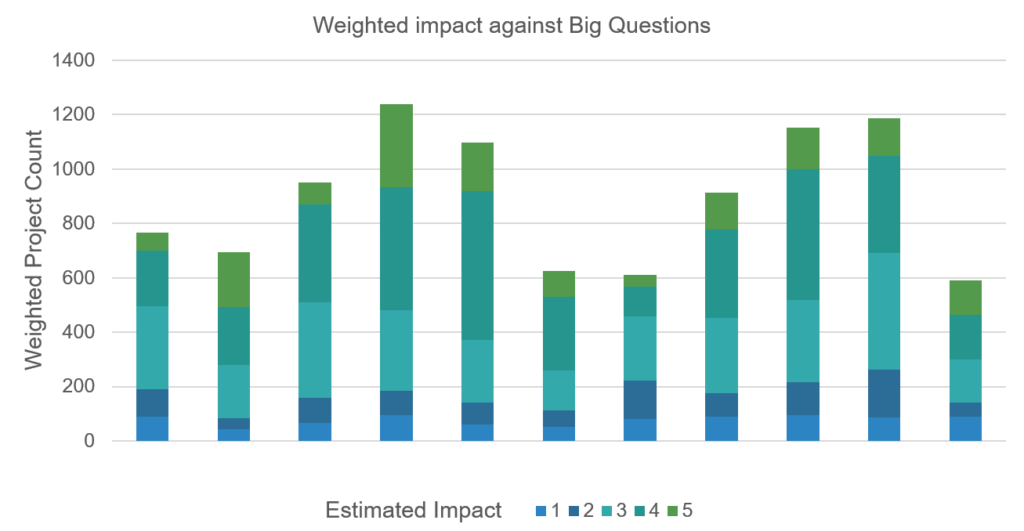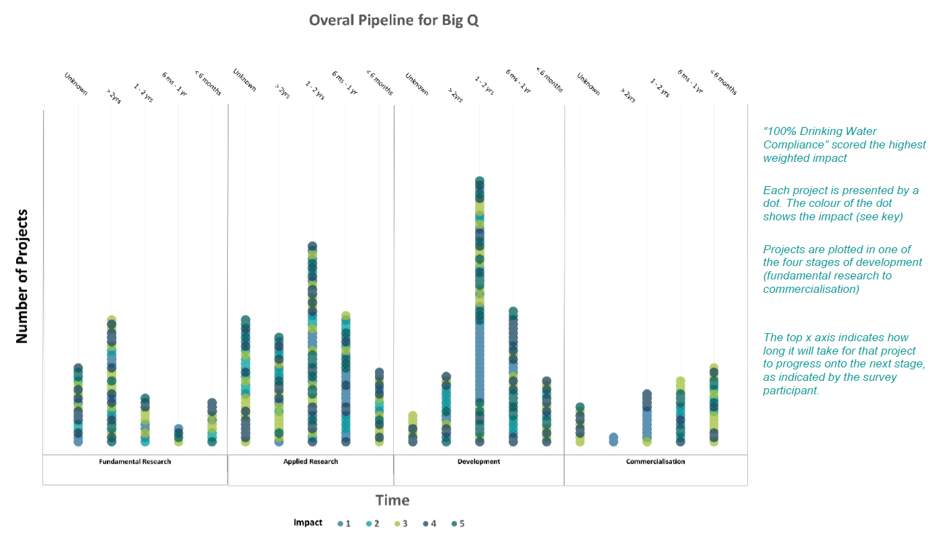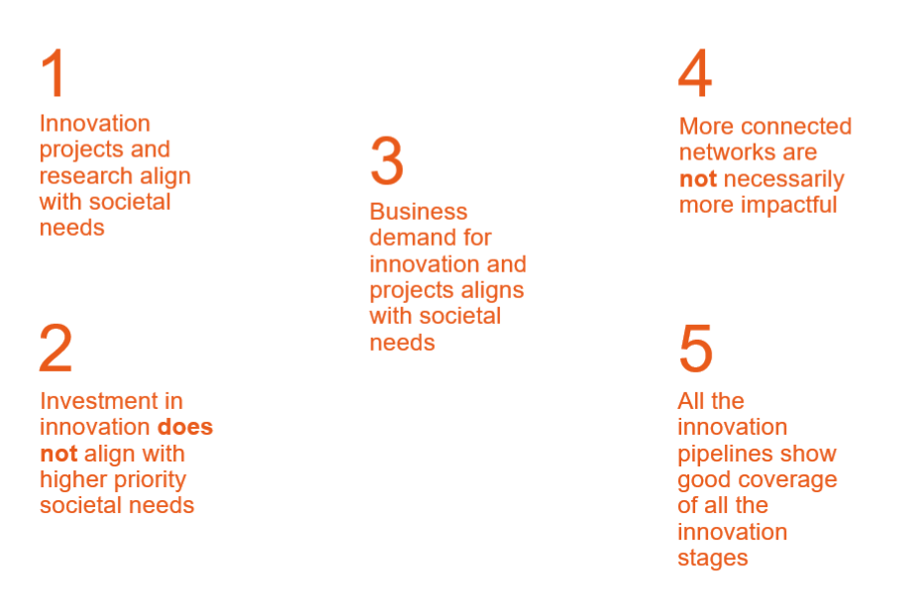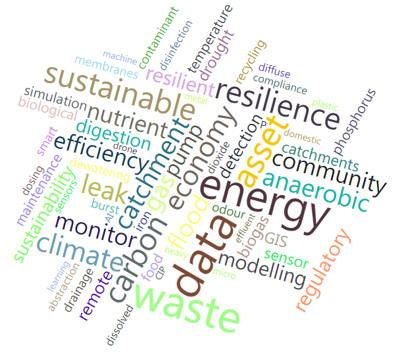Is the UK water industry prepared to tackle the challenges of the future?
Mott MacDonald’s Ghalia Albarazi, Cristina Negut and Andrew Shimmin explain how the Linking Innovation to Societal Needs project is helping to develop route maps to address some of the industry’s ‘Big Questions’
In 2017, the UK Partnership commissioned Mott MacDonald to undertake the Linking Innovation to Societal Needs (LITSoN) project. UKWP’s vision is ‘safeguarding our future through innovation’, creating national partnerships between the UK Government, business and the research community.
LITSoN is intended to accelerate innovation and improve collaboration to tackle water challenges and also to provide a platform to promote UK water services globally.
The LITSoN project sought to provide an overview of research and innovation activity in the UK water sector and an assessment of its alignment with societal needs. The aim was to identify opportunities through sharing information that could help strengthen collaboration, focus efforts and target funding.
As water companies’ investment is largely tied to the short-term AMP cycle, the industry tends to follow the same pattern of priorities that could lead to a low rate of commercialisation. LITSoN is also being used to help develop route maps for addressing some of the water industry’s ‘Big Questions’, aligning research and development efforts to the needs of society.
How did we do it?
The ‘Big Questions’ were identified by UKWIR, in partnership with others, to focus research efforts. They were therefore selected as a relevant statement of societal needs in the context of water, and hence a useful way of classifying innovation as they cover the full hydrological cycle. For the LITSoN consultation, 75 organisations submitted information on their research and innovation projects, totalling over 1,200 projects from WaSCs/WOCs, academia, SMEs and other institutions. This project was kindly funded by Anglian Water, Welsh Water, Northumbrian Water, Scottish Water, SES Water, Severn Trent, Thames Water and United Utilities.
The respondents were asked to provide information on their innovation projects, including the maturity of their innovations, the amount of investment and the perceived business demand for commercialisation. The participants were also asked to score their research/innovation on how well they believed it aligned with the 11 Big Questions (an additional Big Question has been introduced since the LITSoN analysis was undertaken). Part of the survey also allowed participants to indicate what drivers influenced their work.
The surveys that were submitted were used to synthesise a snapshot in time of the innovation activity landscape in the UK water industry in 2018. The data was used to assess whether UK water innovation is well aligned with societal needs (as represented by the Big Questions). The focus was purely on innovation and not necessarily on other business investment. The data was analysed against several questions formulated around the apparent innovation status of the UK water industry.
The survey allowed participants to assess their innovation and its relative alignment against each of the Big Questions. The responses were analysed, and the results can be seen in the chart above. It indicates only the relative effort in innovation and research at a snapshot in time. It does not capture the industry’s overall effort to tackle these Big Questions in their day-to-day work but may be able to assess the potential in the industry.
This analysis shows that all the Big Questions are receiving varying levels of focused attention from UK water innovation. The results were weighted according to the relative alignment in addressing each of the Big Questions.

The water industry is currently projects a lower level of impact from research and innovation in tackling the ‘zero water poverty’ and ‘turn all waste into products’ questions, which may therefore suggest areas that should receive relative increased focus.
Societal needs
We wanted to investigate the innovation landscape of each Big Question to study the development of innovation projects from fundamental research through to commercialisation. This would allow us to identify gaps in innovation and highlight potential collaboration opportunities.
Pipelines follow the ‘funnel’ innovation profile (i.e. fewer projects making it through each stage). Although the pipelines are a snapshot in time, the future innovation landscape can be inferred as projects should gradually develop through the pipeline stages. At each stage, some projects meet companies’ evaluation criteria to pass to the next stage, while some will not. We defined a ‘healthy’ pipeline as one with sufficient projects in each stage, ensuring ongoing innovation against that Big Question.
Our analysis showed that the innovation pipelines for all of the Big Questions show good coverage of all the innovation stages – i.e. a ‘healthy’ pipeline. However, for some questions, such as ‘how do we achieve 100 per cent compliance with drinking water standards (at point of use) by 2050?’, shown below (which captures a snapshot in time), there are fewer projects currently in fundamental research, which brings the risk that fewer projects may pass on into applied research, development and commercialisation.

Of course, a project needs to follow through the whole of this cycle to make a real impact on the ground. Hence our analysis suggests some areas where greater focus in fundamental research may be needed to ensure future innovation at more applied stages. Again, this can be seen in the ‘how do we achieve 100 per cent compliance with drinking water standards by 2050?’ question and ‘how will we achieve zero leakage in a sustainable way by 2050?’
Innovation drivers
The research also showed areas for future focus and collaboration beyond the (initial) 11 Big Questions, based on the participants’ other drivers of innovation.
Out of the projects submitted, 13 per cent focused on driving innovation in flood resilience, 10 per cent in diffuse pollution monitoring and mitigation and 5 per cent on managing assets.
“LITSoN can serve the water utilities to prepare for future challenges by identifying what new innovations are emerging, analysing the gaps in their own innovation pipelines and tailoring their innovation programmes accordingly”

Other drivers for innovation were also inferred from the project descriptions given by participants. The graphic below shows the key words used by participants to describe their innovation projects.

The LITSoN analysis demonstrated that the industry is working on tackling the challenges identified by the Big Questions. Through LITSoN, the key players and themes in each Big Question can be identified and pulled together to develop targeted route maps. LITSoN can also support existing initiatives such as the UKWP Water Accelerator, which aims to target exploitable innovation quickly and effectively to develop a strategic advantage in the water sector, supporting UK prosperity.
The data can also be used by innovators to identify others who are investigating the same concepts, or have trialled a related innovation or technology, allowing them to collaborate to strengthen the UK Water Industry.
LITSoN can serve the water utilities to prepare for future challenges by identifying what new innovations are emerging, analysing the gaps in their own innovation pipelines and tailoring their innovation programmes accordingly.
Ultimately, the data could support a coordinated approach to solving cross-industry challenges such as water challenges faced by the agriculture and food industry.
The intention is for LITSoN to be a step into a more collaborative environment for innovation in the UK. The next steps could be to understand how the UK research and innovation aligns with global needs and what the UK could offer the rest of the world.
To find out more about LITSoN, contact: info@theukwaterpartnership.org
To find out more information on the Big Questions, visit:
https://www.ukwir.org/eng/big-questions-facing-uk-water-industry
